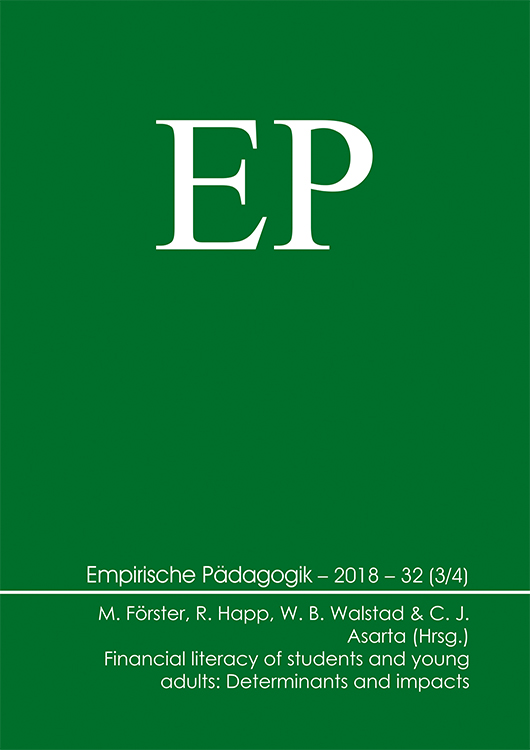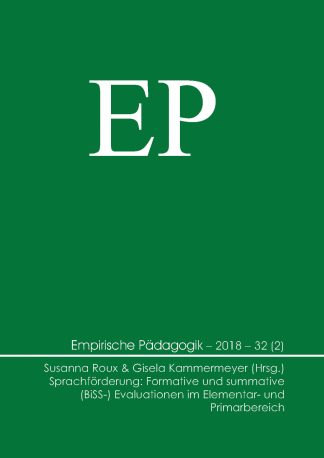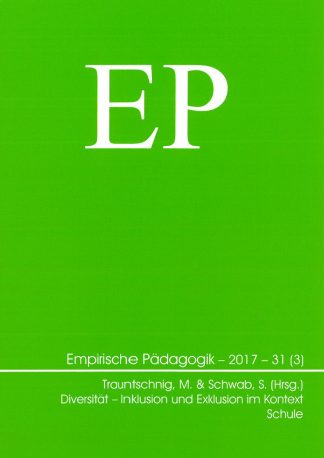Inhalt
This paper studies the differences in student learning outcomes associated with changes in the format of online learning resources. We compare completion rates and degrees of student achievement across several financial education learning modules produced by the Federal Reserve Bank of St. Louis. Initially designed as a long-form online learning module focused on financial education the module “The time value of money” was later “chunked” into five separate short-form learning modules. Working on a sample of 68,972 students, we adopt a two-group pre- and posttest quasi-experimental design. We find across-the-board evidence of increased completion rates among registered students and statistically significant increases in average differences between pre-test and post-test scores. Additionally, we study how the increases in scores are distributed across students by comparing pre-test grade quartiles. Finally, we document changes in information absorption at the test-item level across module lengths.




